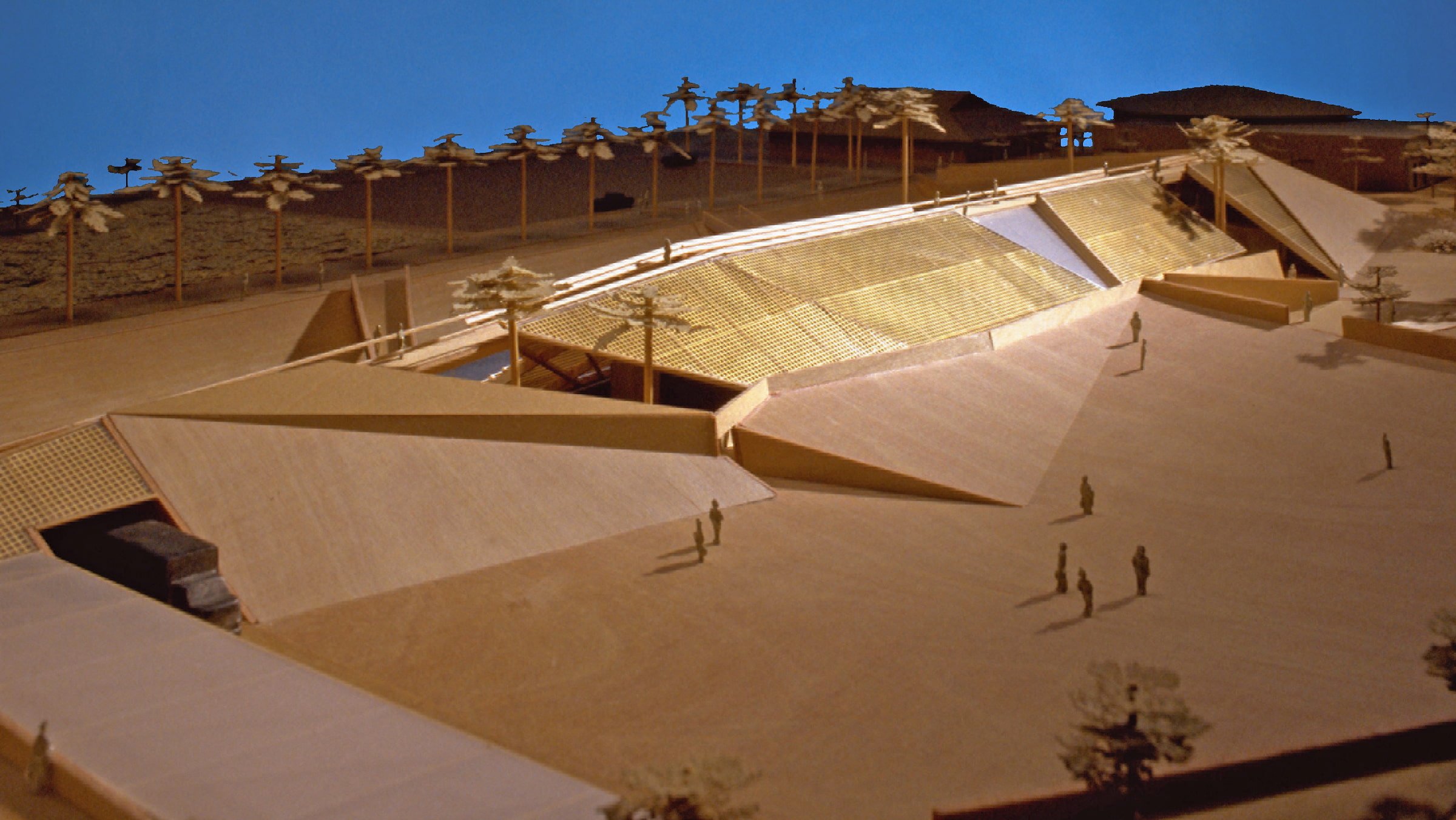
Malama Learning Center - O’ahu Hawaii
This sustainable architectural demonstration project not only embodies environmental stewardship but also serves as a beacon of education, innovation, and community engagement, forging vital connections between generations, cultures, and the precious ecology of O’ahu
This competition entry represents a visionary sustainable architectural demonstration project, a collaborative effort between Kapolei High School and the Nature Conservancy in O'ahu, Hawaii. Spanning 40,000 sq. ft., the design encompasses an impressive array of spaces, including an indoor/outdoor theater, exhibition hall, studios for artists, scholars, and scientists, classrooms, conference rooms, offices, library, and ethno botanical garden.
Embracing the island's natural landscape, the building is conceived as an open-air structure, strategically oriented to harness the prevailing trade winds and abundant sunlight throughout the year. Notable design elements include automated louvers on the north side for airflow regulation and glare reduction, while the southern facade is adorned with photovoltaic panels to generate solar power. A cavity wall beneath the panels enables passive ventilation through the Venturi effect, ensuring optimal energy efficiency.
In addition, innovative features such as gel glass on the entry lobby's south wall contribute to heat regulation and enhance the building's visual appeal under varying climatic conditions. Sustainable practices, including solar water heaters and stormwater and greywater reclamation systems, further minimize environmental impact and alleviate strain on local infrastructure.
Drawing inspiration from the island's cultural heritage and geological dynamics, the building's design pays homage to the traditional Halau and maintains a low mass to respect the natural features of the landscape. A central focal point of the design is the large pond, serving as the final stage of a Living Machine that treats building water and acts as a retention pond for stormwater runoff. Symbolically, the pond serves as a link to the island's aquatic ecosystems.
Beyond its architectural significance, the project serves as a platform for educational and conservation efforts, fostering a deeper connection between the high school, community, and the broader ecological landscape. Ultimately, it stands as a testament to sustainable design principles and a vital link to the larger ecology of O'ahu.












